72+ Sample Strategic Plans
-
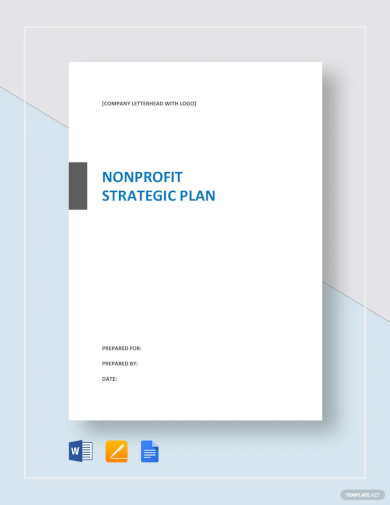
Nonprofit Strategic Plan Template
download now -
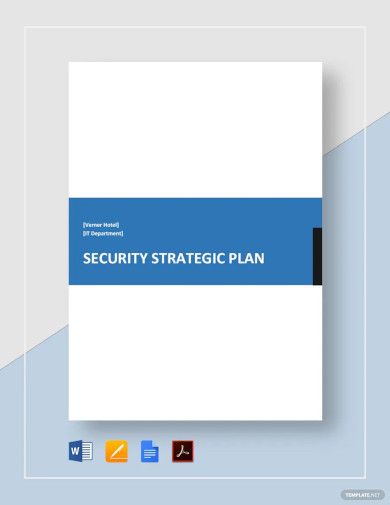
Security Strategic Plan Template
download now -

HR Strategic Plan Template
download now -
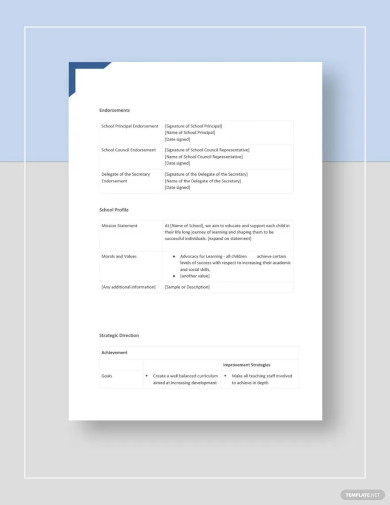
School Strategic Plan Template
download now -

Recruitment Strategic Plan Template
download now -
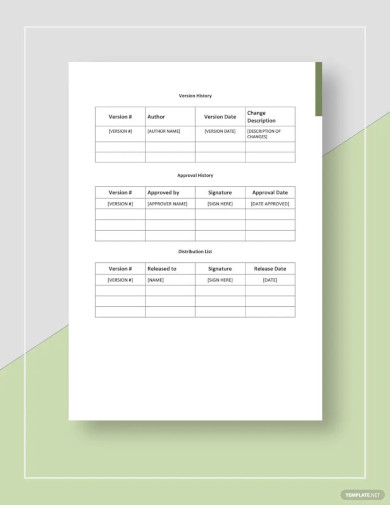
Strategic Plan Template
download now -
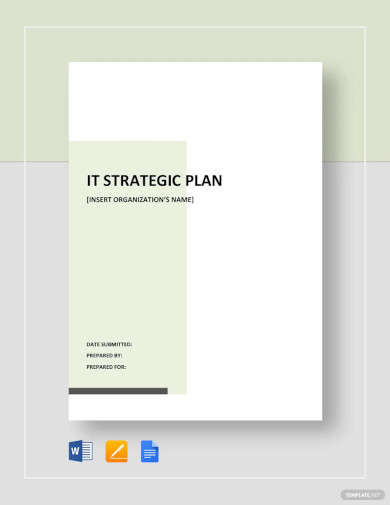
IT Strategic Plan Template
download now -
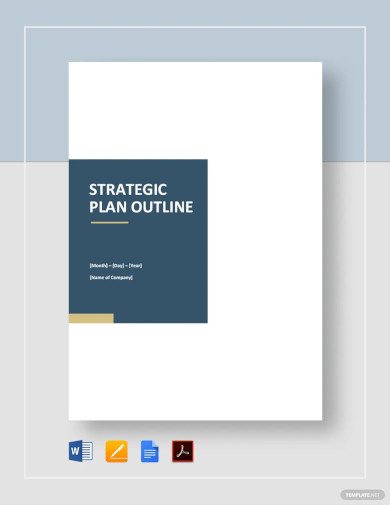
Strategic Plan Outline Template
download now -

Hospital Strategic Plan Template
download now -
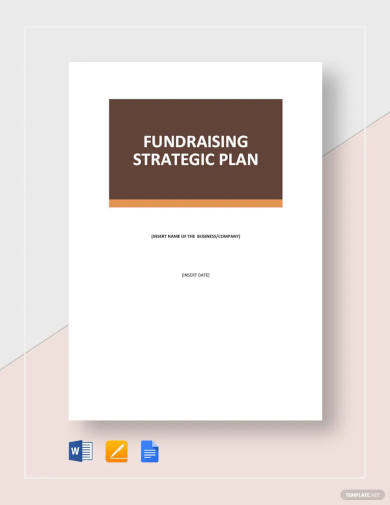
Fundraising Strategic Plan Template
download now -

Brand Strategic Plan Template
download now -

Legal Strategic Plan Template
download now -
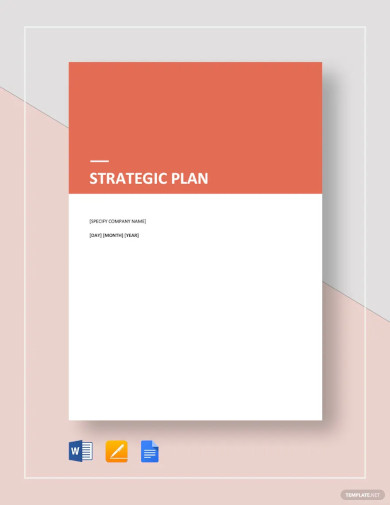
Printable Strategic Plan Template
download now -
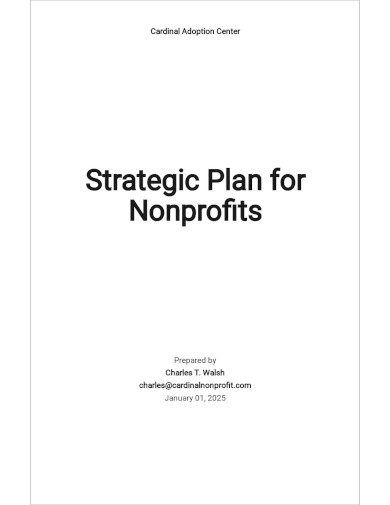
Free Simple Strategic Plan Template for Nonprofits
download now -
Church Strategic Plan Template
download now -

Development Strategic Plan Template
download now -

Academic Strategic Plan Template
download now -

Annual Strategic Plan Template
download now -

Blank Strategic Plan Template
download now -

Simple Strategic Plan Template
download now -

Standard HR Strategic Plan Template
download now -
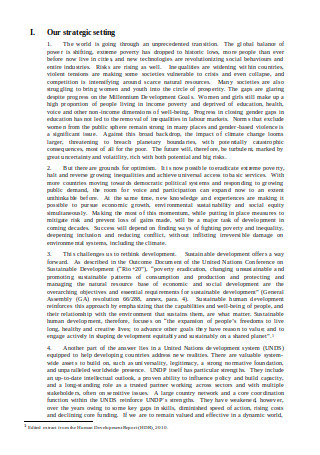
Strategic Operational Plan Draft
download now -
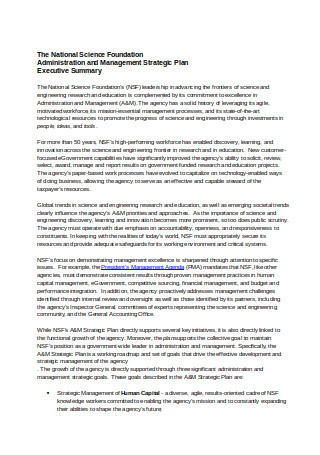
Administration and Education Management Strategic Plan
download now -

Non Profit Strategic Planning Process Map
download now -
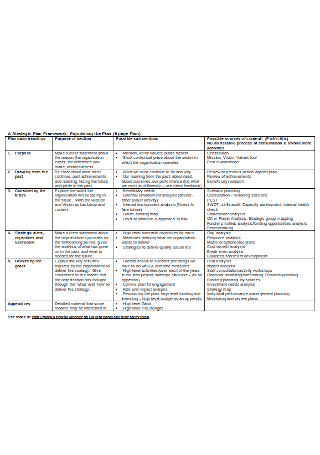
University Strategic Plan Framework
download now -

Five-Year Personal Strategic Plan
download now -
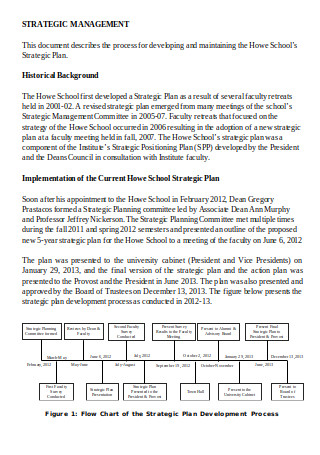
Marketing Strategic Plan Review Process
download now -

Sample Tactical Strategic Plan
download now -
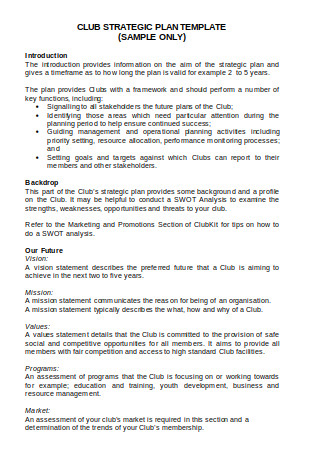
Club Organizational Strategic Plan
download now -
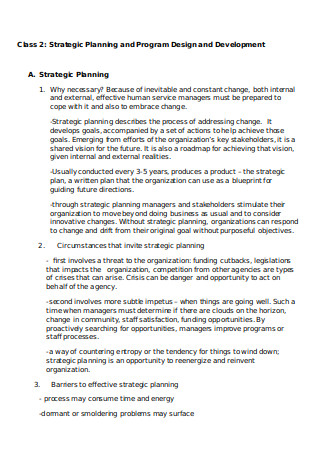
Healthcare Strategic Planning
download now -
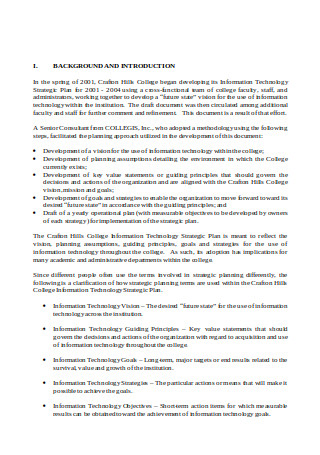
Information Technology Human Resource Strategic Plan
download now -
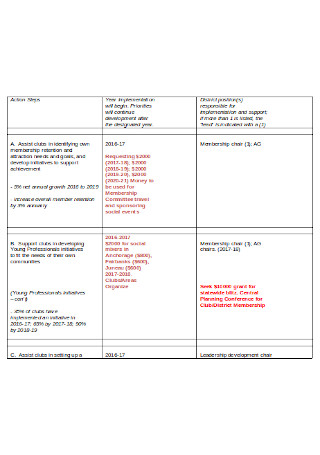
Club Implementation Strategic Plan
download now -
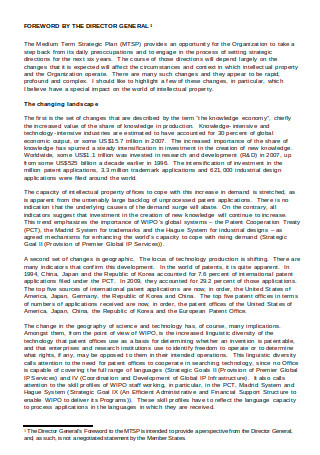
Infographic Medium-Term Strategic Plan
download now -
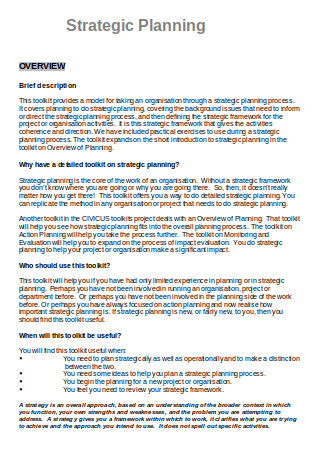
Strategic Design Planning Toolkit
download now -

Visual Strategic Plan
download now -
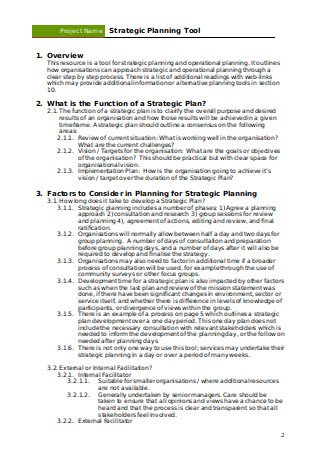
Strategic Growth Planning Tools
download now -
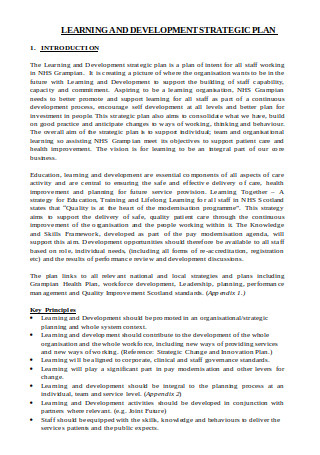
Social Media Development Strategic Plan
download now -
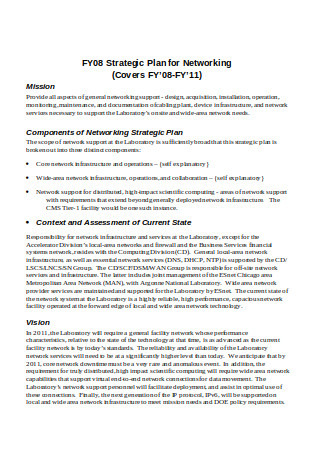
Community Strategic Plan for Networking
download now -

Urban Strategic Plan for Internal Audit
download now -
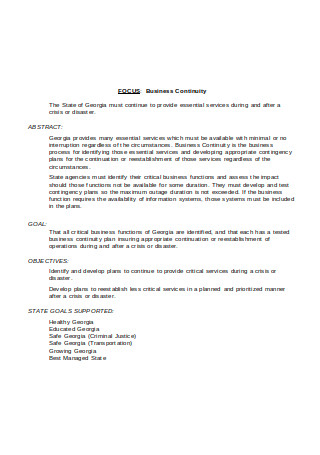
Information Security Nursing Strategic Plan
download now -
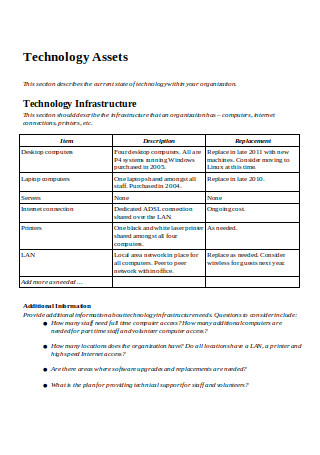
Strategic Government Technology Plan
download now -

Simple Strategic Plan
download now -
Graduate School Strategic Plan
download now -

Mid-Term Strategic Plan
download now -

Strategic Plan Worksheets
download now -

Strategic Plan
download now -
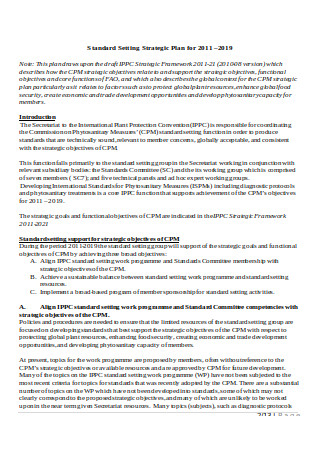
Standard Setting Strategic Plan
download now -
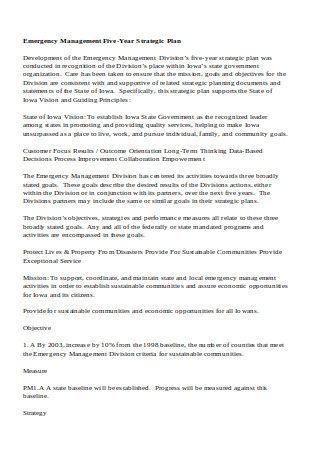
Management Five-Year Strategic Plan
download now -
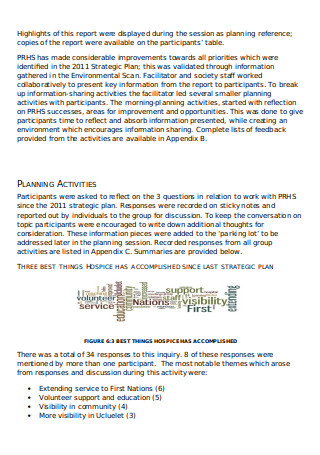
Strategic Planning Report
download now -
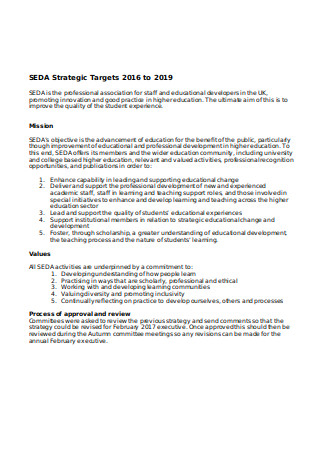
Strategic Aims and Actions
download now -
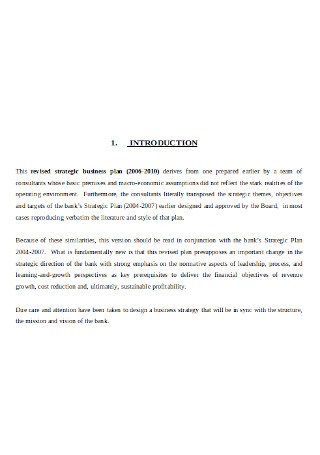
Strategic Business Plan
download now -

Five Year Business Plan
download now -
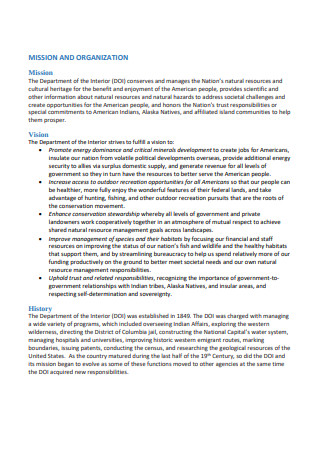
Strategic Plan for Fiscal Year
download now -
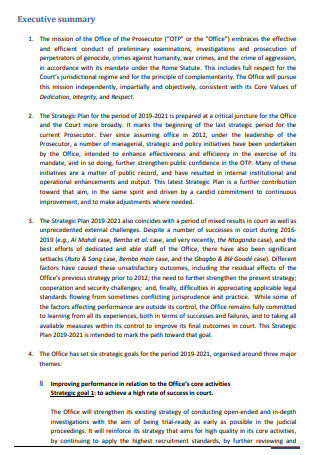
Strategic Plan Sample
download now -
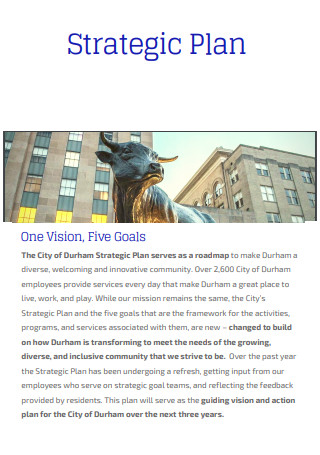
Strategic Plan Format
download now -

Strategic Plan for Biodiversity
download now -
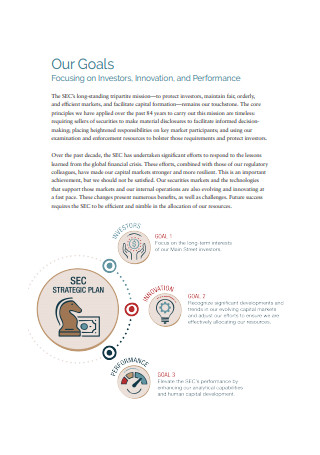
Strategic Plan for Fiscal Years
download now -
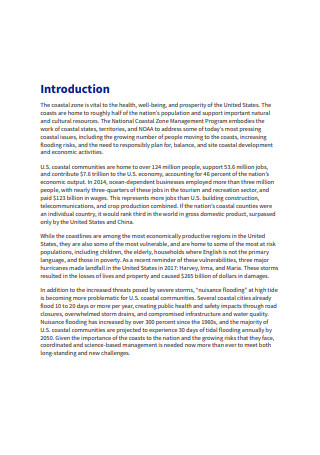
Management Strategic Plan
download now -
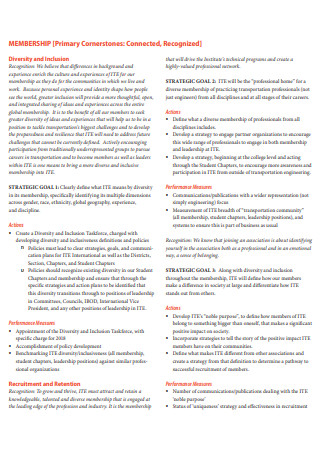
Standard Strategic Plan
download now -
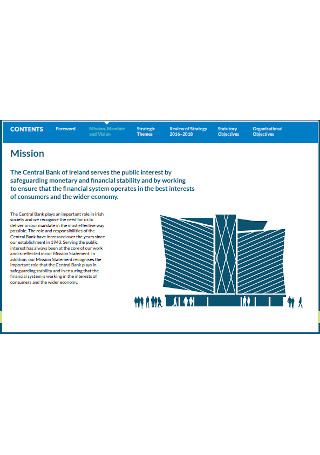
Strategic Plan PPT
download now -
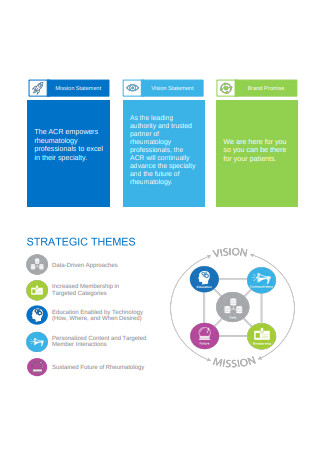
Strategic Planning Task Force
download now -

Format of Strategic Plan
download now -
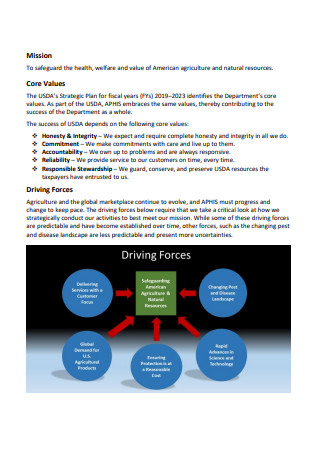
Agriculture Strategic Plan
download now -

IT Strategic Plan
download now -

Research Strategic Plan
download now -

Joint Strategic Plan
download now -

City Strategic Plan
download now -

Strategic Plan Framework in PDF
download now -
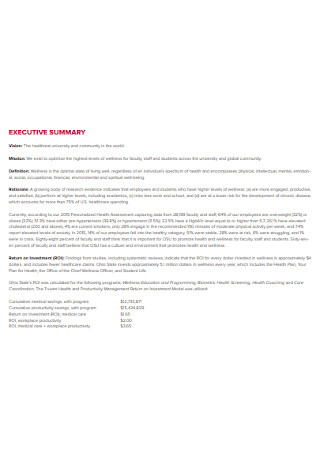
Wellness Strategic Plan
download now -
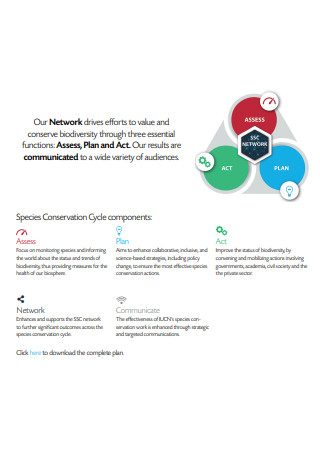
Species Strategic Plan
download now -

Strategic Plan for the Future
download now -

Multi-Year Strategic Plan
download now -
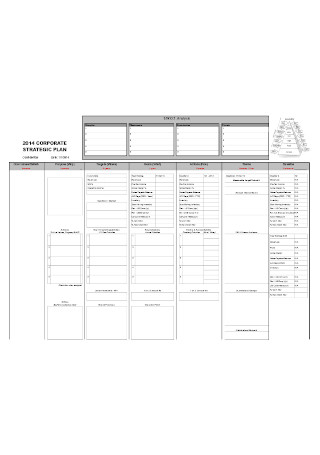
Corporate Strategic Plan Template
download now
FREE Strategic Plan s to Download
72+ Sample Strategic Plans
What Is a Strategic Plan?
Major Points to Prioritize in a Strategic Plan
Key Players in Strategic Planning
9 Steps for Creating an Outstanding Strategic Plan
Benefits of Preparing an Excellent Strategic Plan
Dos and Don’ts for Developing an Impressive Strategic Plan
What Is a Strategic Plan?
Failing to successfully execute their strategies is experienced by 90% of organizations (source: onstrategyhq). If you want to make the most out of your planned strategies, it is important for you to be organized and tactical from the very beginning. This is where the usage of an outstanding strategic plan document enters.
A strategic plan is a business document that allows the management to identify and polish all the essential programs and activities that can help the organization champion its advocacy, realize its vision, materialize its goals, and overcome all the challenges brought by internal and external factors. A lot of companies, big and small, are using strategic plans that fit their nature of operations to make sure that they are well-guided by logical and realistic steps when executing their actions.
Major Points to Prioritize in a Strategic Plan
There are several components that you have to prioritize when developing a strategic plan so you can have a power output that can benefit your organization and all of its stakeholders. For you to be able to have the best strategic plan, you have to make sure that all of the elements of the specific document will be put together in an excellent manner. Here are some of the major points that you have to look into when making your own strategic plan:
1. The Gap Between Your Current and Desired Organizational Conditions
Know your plan very well. It is essential for you to be aware of your current situation, the things that you would like to change, and the ways on how you can achieve these changes. Being able to have an assessment of the difference or gap between your current and desired conditions can help you become more specific with the strategies that you will be needing along the way.
2. The Timeliness and Attainability of Your Plans of Action
Your strategic plan goals must both be timely and attainable. The timeliness of your sample strategy implementation can make your planning efforts more successful. In addition to this, you also have to ensure that all of your strategic plans of action can be realistically attained within the time period that you have set.
3. The Relevance and Suitability of Your Strategies to Your Needs
Have a strategic plan outline that can present the connection between your strategies and the things that you would like to address, give a solution to, answer, and/or improve. Your strategic plan must be relevant so it can truly make a difference within your organization. More so, be original and unique when making a strategic plan as you also need to consider the suitability of your strategies with the particular needs of your business.
4. The Availability of Resources
A strategic plan can only be materialized accordingly if your requirements are met. It is important for you to create a list of the resources that will be used for the implementation of the strategic plan. Ensuring that all workforce, equipment, budget, material, and support requirements are available at times when these are needed can give you the ability to realize your strategic plan goals and objectives.
5. The Output or Result That You Want to Have
What is your end goal? You have to be concise with the things that you want to achieve so you can easily change your ways if there are challenges and problems that may come along the way without sacrificing your vision. Knowing your desired result can help you to be resilient with your strategy implementation. All of these can then enable you to still be confident that you will get the output that you want for the organization even in the presence of adversities and/or unexpected circumstances.
Key Players in Strategic Planning
Making a strategic plan must be one of your top of mind. Having your own set of call-to-actions that are strategically and mindfully curated can enable you to bridge the identified gap between your current condition and the level of quality operations and functions that you would like to realize. When making a strategic plan, you have to consider the key players within your organization and its operations. Here are the key players that play an important role during the development of a strategic plan:
9 Steps for Creating an Outstanding Strategic Plan
You have to know the best way on how you can make your business’ strategic plan. If you are new to this activity, you can first follow a standard process which can lead you to the development of an impressive strategic plan document. To help you create an outstanding strategic plan, here is a nine-step procedure that you can follow:
Step 1: Use a Downloadable and Printable Strategic Plan Template
Select your strategic plan template appropriately. You may also opt to begin the creation of your strategic plan from scratch. However; using a template is recommended as this can contribute to the ease, effectiveness, and efficiency of the specific document’s creation.
Step 2: Identify the Current Condition of Your Organization
Before you list down your strategic plans of action, you first have to know how your business or organization is doing. List a number of problems that you want to address as well as issues that you want to resolve. The identification of your existing condition can help you realize the help that your stakeholders need and the change that your operations must-have.
Step 3: Focus on the Mission, Vision, and Core Values of the Business
Consider your aspirations for the business. You have to know the core of your existence. Being able to answer questions on why your organization exists can help you to be more particular on what you would like your business to be in the future. We recommend you to have a clear and transparent of your mission and vision statement as well as an honest specification of your purpose. These will serve as the foundation of your strategic planning efforts.
Step 4: Come Up With a Comprehensive SWOT Analysis
Look at the internal factors that you can control. More so, have an idea about the external factors that can also impact the potential successes of your strategic plan. Execute a SWOT analysis so you can clearly have an idea of your strengths and weaknesses as well as the opportunities that you can consider and the threats that you must eliminate.
Step 5: Set a List of Attainable and Measurable Objectives
Ensure the clarity of the goals that you must accomplish so you can effectively create an outline of how you plan to achieve these goals. Be specific when making this list especially if there are a number of items that you plan to achieve within a given time period.
Step 6: Present the Strategies, Tactics, and Plans of Action That You Want to Execute
The main focus of your strategic plan’s body must be on the list of your strategies, tactics, and plans of action. Schedule the implementation of your strategic plan by using time tables and other organizational tools. Knowing when to execute these plans of action can help you get the particular benefits that you expect to experience within a given time period.
Step 7: Describe Your Strategic Planning Needs and Requirements
Consider the budgeting needs and other requirements of the strategic plan’s implementation. Knowing who your point persons are, the number of workforces that you will be needing for support, and the budget that you will be allocated for all of your planned activities can help you to optimize your strategic plan. The requirements of your strategic plan will be depending on the scope and range of the document’s content.
Step 8: Give a Clear Idea About Your Desired Result
Look back at all of your objectives, your purpose, your vision, and your goals. What is it that you truly want to get from having a strategic plan? Describe the result that you have in mind. Effectively doing this can allow your stakeholders to understand why you would like to achieve the milestones and implement the changes that are specified in your strategic plan’s content.
Step 9: Evaluate the Strategic Plan That You Created
The finalization of your strategic plan is not the end of the strategic plan process. Evaluate your strategic plan before, during, and after its implementation so you can think of ways on how you can further improve the document if you want to still use it for your next operational year.
Benefits of Preparing an Excellent Strategic Plan
As business owners, there are a lot of things that you have to manage and think of so you can maintain your continuous operations and be at par with your quality standards every single time. Having an effective strategic plan can be very useful especially if you will execute it accordingly. Are you familiar with the advantages that a strategic plan can provide you with? Here are some of the benefits of preparing an excellent strategic plan:
Dos and Don’ts for Developing an Impressive Strategic Plan
Developing a strategic plan is easy. However, it can also be very tricky. If you want to stay away from the pitfalls of making a strategic plan, you have to incorporate some tactics to your strategic planning document development processes. Some of the guidelines that you must always remember when making a strategic plan include the following:
Do’s
1. Do Ensure That Your Strategic Plan Is Well-Designed
It is essential for a strategic plan to be strong. You have to properly plan the creation of the document so you can maximize its usage. Know how to plot the content of your strategic plan based on your needs, expectations, requirements, and deliverable as these elements can enable you to have an outstanding output.
2. Do Become Mindful When Making Your Strategic Plan
Always ask and remind yourself of certain key points when making a strategic plan. You have to remain focused when formulating your strategic plan as what you will come up with can affect your business and its relationships. Identify the current state of your business and know where you would like to lead or direct it. With this, you can become more realistic when listing down all the factors that can help you achieve your dreams and desires for the company.
3. Do Make Your Strategic Plan Time-Bound
Develop time frames when making your strategic plan. Ensuring that your strategic plan is time-sensitive can let you plot your actions in a strict manner since you already have a schedule and deadlines to look into. Seeing how you can realistically go from point A to point B with the help of a time table can also be very beneficial when it comes to ensuring that your workforce will be proactive, engaged, and committed.
Don’ts
1. Don’t Make Your Strategic Plan Intimidating
Make your strategic plan simple and understandable. It is essential for your target audience to get to relate to your strategic plan. Making your strategic plan intimidating can only lose the interest of your audience to take part of the plan’s actual materialization. Ensuring that your stakeholders are not overwhelmed with the details of the strategic plan can also help you relay your message and instructions effectively.
2. Don’t Overlook the Needs of Your Stakeholders
A strategic plan can only be deemed successful if it can realize your goals and if it can satisfy your stakeholders. As you try to come up with a strategic plan, you have to consider different entities that play essential roles that contribute to the successes and achievements of your organization. If you will let your stakeholders feel that they are valued and that they are a part of your strategic plan’s implementation in which they can also benefit from, it will be easier for you to convince them to provide their deliverable in relation to the execution of your strategies and plans of action.
3. Don’t Be Idealistic When Plotting Your Strategic Plan
When developing a strategic planning checklist; you always have to stick with facts, measures, and realistic goals. Reminding yourself and your stakeholders of the business’ vision can be advantageous with regards to this matter. Avoid being idealistic as this can only result to the development of immeasurable strategies that can be hard or impossible to implement.
Using a strategic plan can help you a lot in terms of improving your weaknesses and using opportunities that can allow your organization to grow. With a well-thought strategic plan at hand, it will be easier for your workforce and other stakeholders to capitalize on their strengths. Through this, the business can achieve its objectives and break roadblocks that hinder it from getting potential successes. If you want to make a strategic plan right now, we suggest for you to make the most out of our available templates and samples. Download any of the listed document references above so you can have an easier and faster time when making your own strategic plan.
